从 1895 – 1950, 不列颠哥伦比亚省通过 170 反亚洲法律始于否认中国, 原住民和日本人的公民权. 日本加拿大人的强迫拘禁始于 1942 在第二次世界大战期间 22,000 日裔加拿大人被剥夺了住房, possessions and businesses in the name of national security. The majority were Canadian citizens by birth.
Maryka Omatsu’s film, 游上游, which audiences can screen on 该 星球课堂网络 YouTube 频道 this month comes at a time when the traumatic impact of racism and discrimination against any targeted group is making global headlines and the Japanese Canadian community continues its Redress talks with the British Columbia Government.
全球搜索教育 welcomes Director Maryka Omatsu.
Maryka, why did you make your film, 游上游?
I made Swimming Upstream in 2018 to set out the Japanese Canadians’ claim for Redress against the Province of British Columbia. In a previous life, when I was a newly minted lawyer, I helped negotiate the Japanese Canadians’ $400 Million Redress settlement against the Federal Government. Then, 哄骗, out of the blue, 40 年后, the University of Victoria’s Landscapes of Injustice collective proved that a more virulent and nefarious underbelly of greedy and racist British Columbian politicians with the support of the electorate had orchestrated our demise. This new information, made public 4 几年前, angered my community and the B.C. Redress campaign was launched.
We learned that British Columbia had prompted the Federal Government to use the draconian powers of the War Measures Act that resulted in the removal of 22,000 Japanese Canadians in 1942 from their homes and businesses on the west coast. Today, this policy is called “ethnic cleansing”. We learned that the City of Vancouver wanted the property owned by Japanese Canadians in Japan town and that Vancouver started the expropriation snowball rolling that resulted in the total dispossession of all property and possessions owned by Japanese Canadians. Price Waterhouse estimated that the seizure of Japanese Canadian businesses, farms, homes, boats, 汽车, 等. was worth over $400 Million. This dispossession was the second largest in Canada’s history; the first, 当然, being the seizure of Aboriginal lands. During the war, British Columbia held public auctions and 90,000 belongings were sold to happy British Columbians who got a bargain at the expense of their former neighbours.
What has been the impact of 游上游?
They say a picture is worth a thousand words. I have been a lawyer and judge for over 40 年, and my 15-minute film conveys more than a thousand minutes of legal argument.
游上游 is published by the Nikkei National Museum and the Canadian Race Relations Foundation websites. In 2019, it was shown at Toronto’s Community Film Festival, where it won the Making a Difference Award.
历史, the Japanese Canadian community operates by consensus. The National Association of Japanese Canadians, our community’s voice, conducted an extensive consultation process. The community was asked: “What should the Government of British Columbia do to redress its history of racial discrimination and unjust actions that devastated the Japanese Canadian community?” My film was shown at each public event across the country. The community consensus was published in a report entitled Recommendations for Redressing Historical Wrongs Against Japanese Canadians in British Columbia. This report was delivered to Premier John Horgan in 2019.
What do you see as the future for your community?
My community will never return to the insular group that we were in our first 70 years in Canada. In my view, all ethnic communities in a multicultural country such as Canada cannot help but change over time. However, our DNA and cultural assimilation were put on speed dial by a racist agenda.
The combination of 5 years of incarceration (1942-47) and the closure of 57 Japanese language schools; the total dispossession of 2 generations’ accumulated worth of property and possessions; and in 1947, the removal either from British Columbia or from Canada, have resulted in the community’s near obliteration. There is no Japan town in Canada, Japanese Canadians from the 3-5日 generation cannot speak or read Japanese and there is a 90% intermarriage rate. Many of the 5日 generation are of 25% Japanese heritage. I have described my community as dinosaurs, forcibly marching to extinction to the drum beat of racist government actions.
What Redress is the Japanese Canadian community seeking from the BC Government?
The community is seeking five remedies for the wrongs done. 1) Provide programs for the health and wellness of the survivors, those born before April 1, 1949 (which is the date that Japanese Canadians received rights of citizenship); 2) Take concrete steps to combat hate and racial discrimination against any targeted group with a formal acknowledgment of the wrongs done by the British Columbia Government to Japanese Canadians; 3) Embed anti-racism studies in the Province’s school curricula highlighting amongst others, the history of Japanese Canadians; 4) Restore Japanese Canadian heritage sites, such as the incarceration camps; 和 5) Create a community legacy fund for nurturing Japanese Canadian culture and community re-building.
What do you hope that viewers will take away from 游上游?
I made 游上游 to make the Japanese Canadian case against British Columbia and expose the Province’s deep racist roots. From 1895-1950, 不列颠哥伦比亚省通过 170 反亚洲法律始于否认中国, First Nations and Japanese the rights of citizenship. World War II provided the opportunity to rid British Columbia of Japanese Canadians and take everything that they owned.
I hope that viewers will side with Japanese Canadians who were held under the boot of the state. I want them to be outraged, to support the Japanese Canadian community in its Redress talks with the British Columbia Government and to speak out against racism against any targeted group.
Thank you Maryka.
C.M. Rubin and Maryka Omatsu
不要错过 游上游 (curated by Commffest) 现在放映 星球课堂网络YouTube频道.

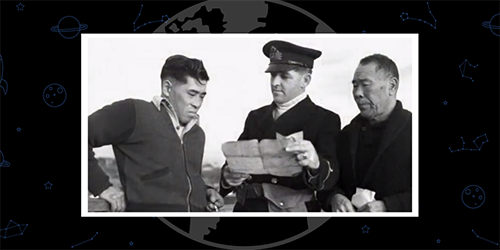
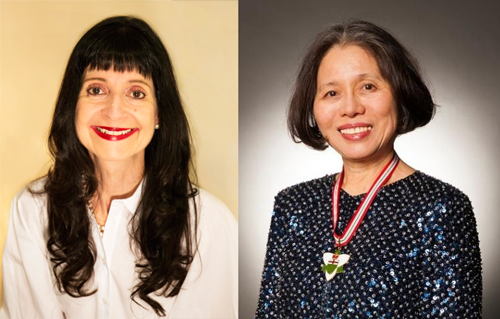
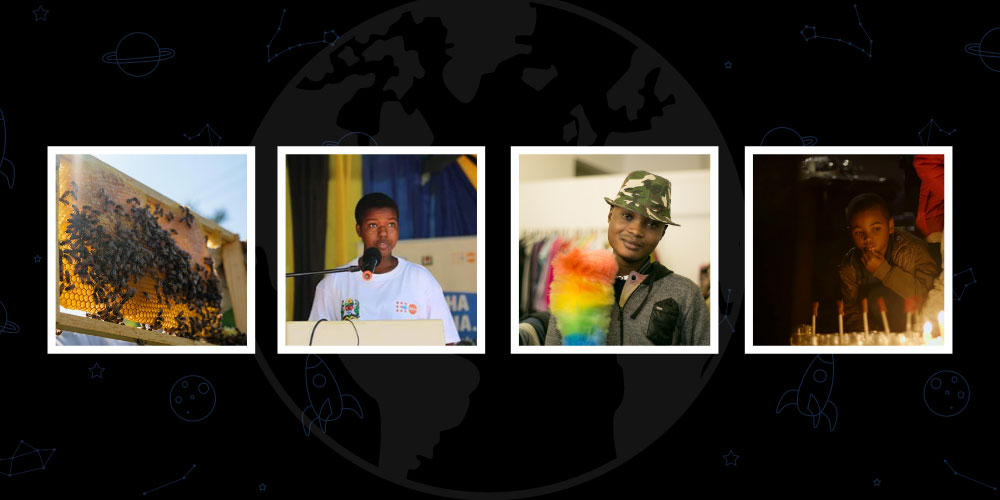
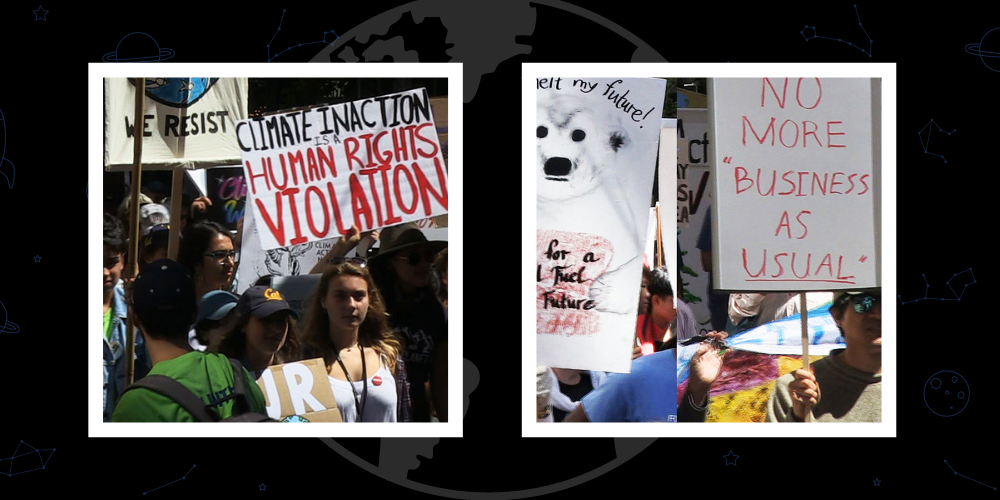

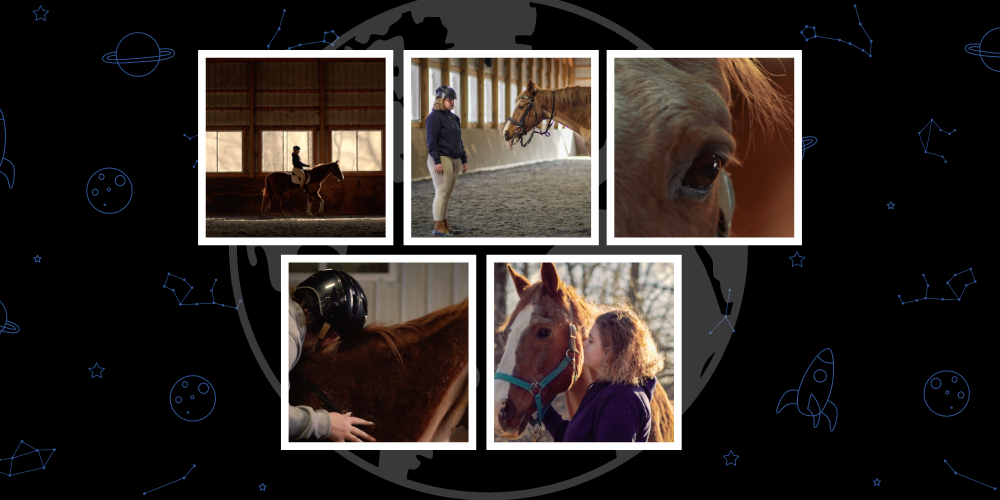
最新评论